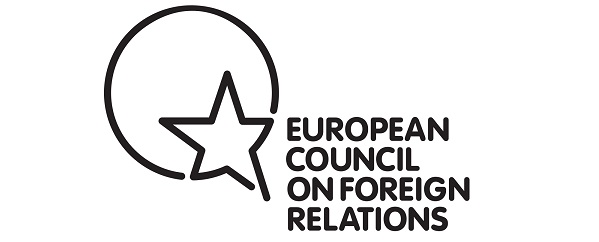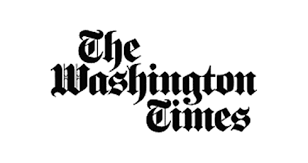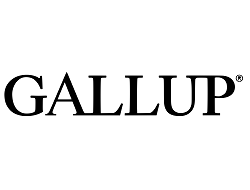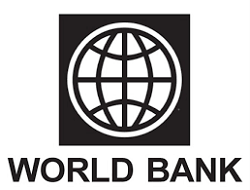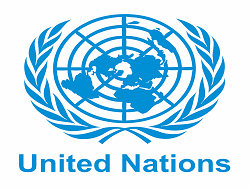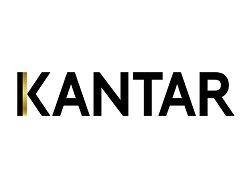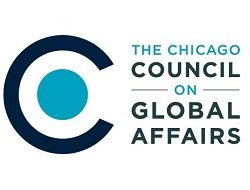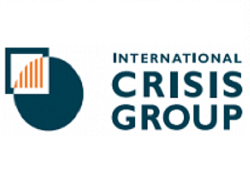Like most polling agencies, majority of polls conducted by IranPoll are owned by their respective clients. However, IranPoll did publicize two rounds of polling results before the Iranian 2017 presidential election which was held on May 19th 2017.
This short summary is aimed at analyzing the accuracy of IranPoll’s latest publicly available polling results for that election, which was conducted on May 16th 2017, and was published in The Economist on May 19th 2017 available here.
The following graph is made by The Economist using IranPoll’s data:
The actual results of the presidential election as reported by the Iranian Ministry of Interior was 57.14% for Hassan Rouhani and 38.28% for Ebrahim Raisi.
As IranPoll’s presidential survey utilized probabilistic sampling, the margin of sampling error could be used to estimate prediction error in the results as followed:
Hassan Rouhani: 57.14% - 58.00% = -0.86%
Ebrahim Raisi: 38.28% - 36.40% = 1.88%
Considering poll’s margin of error of +-3.09%, the predicted results for both candidates fall in the margin of error. This shows IranPoll’s estimation were correct and accurate within the margin of sampling error.
While less commonly known the margin of sampling error does not apply to the spread between the candidates, and only to the percentage point estimates themselves. There are a number of metrics available for quantifying error in election poll estimates. However, in this short summary only the two simplest measures are used. These two same measures were utilized by the “American Association for Public Opinion Research (AAPOR)” in analyzing the polling results of the United States’ 2016 presidential election. The result is published by AAPOR in a paper titled “A Primer on Pre-Election Polls” available here.
The first measure is the “absolute error” on the predicted vote margin which is always a positive number. This is computed as the absolute value of the margin (%Rouhani-%Raisi) in the poll minus the same margin (%Rouhani-%Raisi) in the certified vote.
In the case of IranPoll’s public results, the “absolute error” will be as followed:
“absolute error” = (58.0% - 36.4%) – (57.14% - 38.28%) = 2.74%
The second error measure used by AAPOR is the “signed error” on the projected vote margin. “Signed error” is calculated similar to the “absolute error” but does not take the absolute value and can be positive or negative. In the case of IranPoll’s public results, the “absolute error” and “signed error” remain the same.
As IranPoll continues to publicly make its election polls available, over years the results provided above could be utilized to analyze election polling accuracy in Iran further.
This summary is available in PDF form here.
















